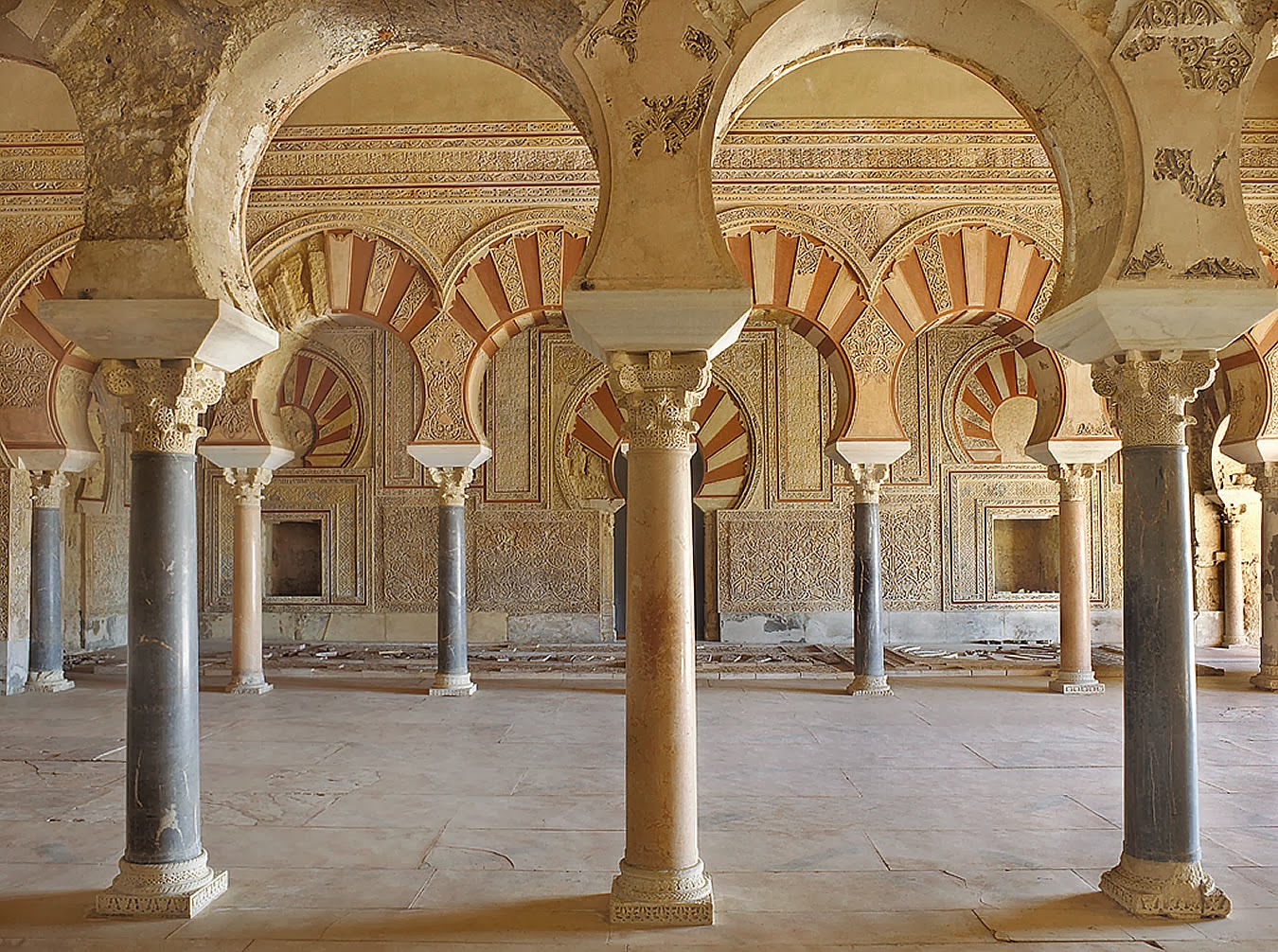No obstante, el relámpago también tiene su historia. Cuenta el poema épico 'La Dragontea', de Lope de Vega, que este fenómeno impidió al corsario Francis Drake, conocido como 'El dragón', atacar de noche y por sorpresa el puerto de Maracaibo. En 1595, el inglés estaba realizando, junto a John Hawkins, su segunda expedición a las Indias, dentro de la guerra angloespañola de 1585-1604. Tras varios fracasos bélicos (Las Palmas, San Juan, Panamá...) fue rechazado en la localidad de Nombre de Dios -asentamiento que ya había saqueado en 1572-. Otras fuentes hablan de que se dio la alerta y se pudo evacuar la zona. El pirata, finalmente, incendió el pueblo. Fuentes más modernas reducen el episodio en una mera anécdota dentro de su catastrófico viaje: enfermo de disentería, 'El dragón' murió en Portobelo poco después de su encuentro con el Catatumbo.
@enriquevdiez
------------------------------------------------------------------------------------------------------------
A few days ago the Guinness World Records gave one of its famous prizes to the Catatumbo lightning, the worldwide meteorological phenomenon which produces more lightnings yearly. This 'lightning rain' happens in the lake Maracaibo and, more intensely, in the Southern watershed of the river which gives this wonder its name. Apparently, it happens because of an unusual methane concentration, mixed with the chemical composition of the swamps of the zone. This natural manifestation can produce ten percent of the annual global ozone.
Nevertheless, the lightning has its story. According to the epic poem 'La Dragontea', written by Lope de Vega, this phenomenon prevented the corsair Francis Drake, known as 'The Dragon', to attack by night surprisingly the port of Maracaibo. In 1595, the Englishman was making, together with John Hawkins, his second expedition to America, in the midst of the Anglo Spanish War. After several military disasters (Las Palmas, San Juan, Panamá...), he was repelled in the locality of Nombre de Dios -this settlement had already been plundered by Drake in 1572-. Another sources relate that alarm was raised and the village could be evacuated. At last, Nombre de Dios was caught fire by the pirate. More modern sources reduces the episode to a mere anecdote of his catastrophic trip: sick of dysentery, 'The dragon' died in Portobelo shortly after facing the Catatumbo.
@enriquevdiez
My english is not very good. I'm trying to improve it. If you find any errors in the text, please write to me (enriquevdiez@gmail.com). Thank you very much.


_lg.jpg)







